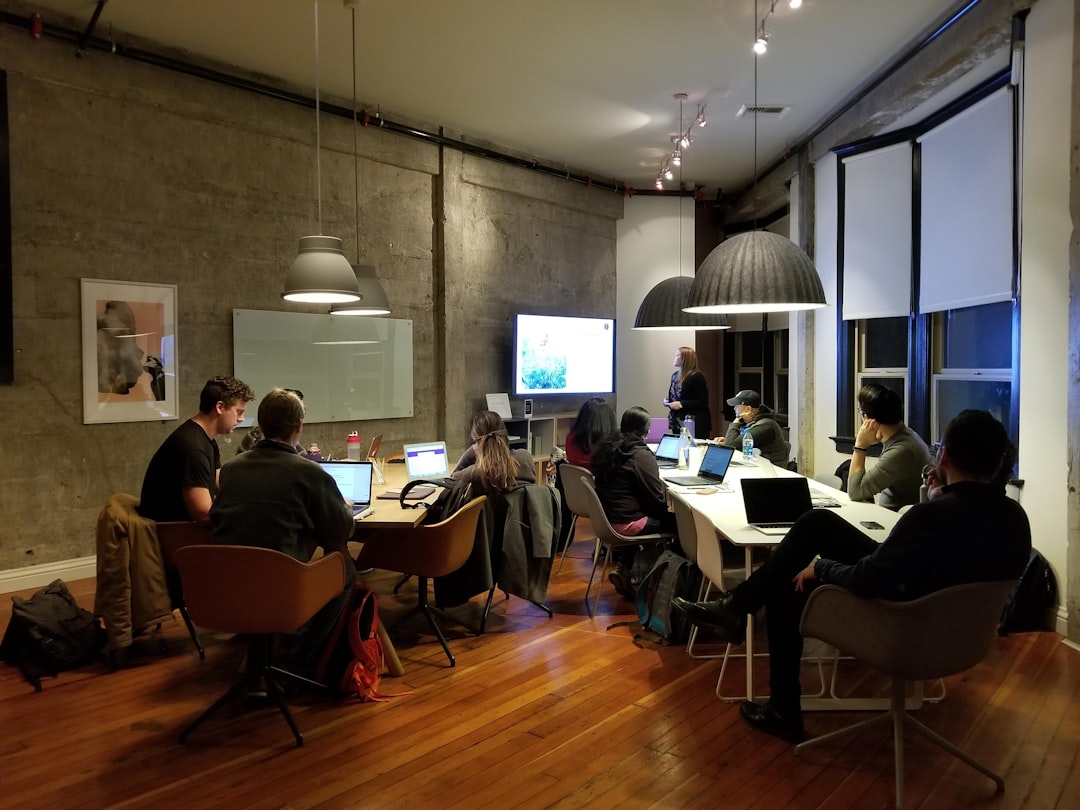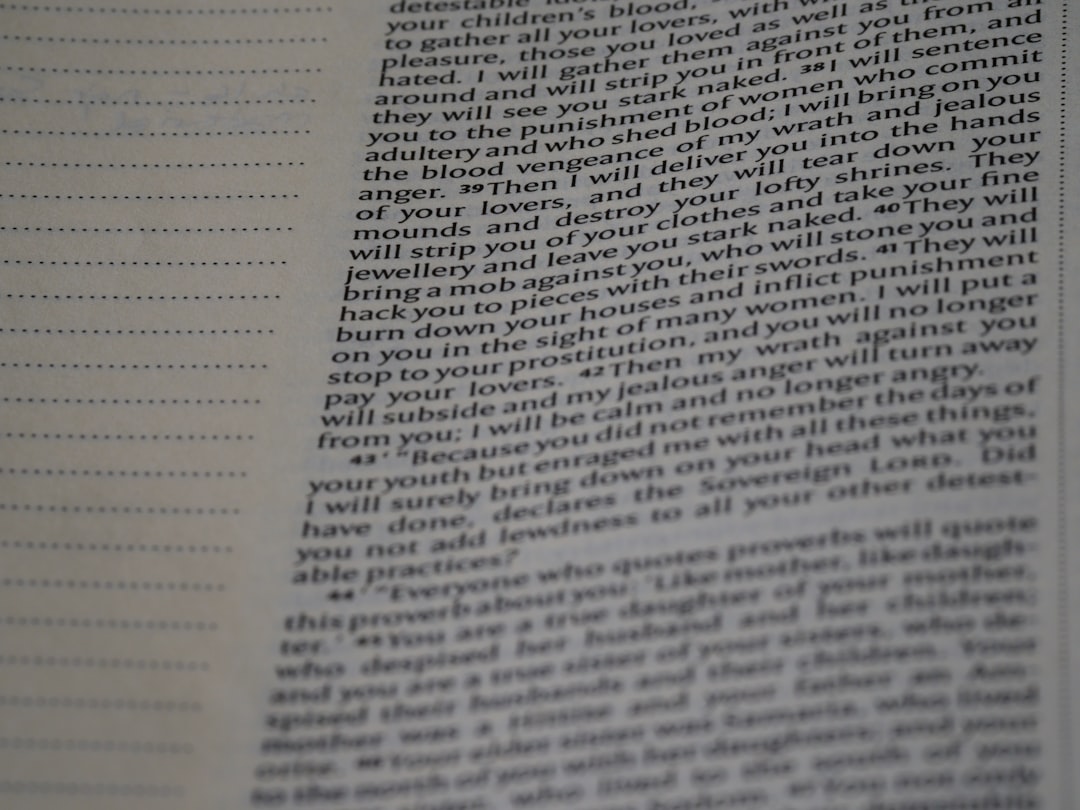Plagiarism detection has become a crucial part of academic integrity, content creation, and online publishing. While most people are familiar with how plagiarism detectors scan written text to identify duplications, fewer know how these systems deal with non-textual elements such as images and diagrams. As visual content becomes more prevalent in reports, presentations, and research papers, the capability to detect copied or manipulated visuals is becoming increasingly important.
Traditional plagiarism detection tools are optimized for text. They rely on advanced algorithms and databases that compare strings of characters to pinpoint matching phrases, paraphrased content, and even machine-translated passages. However, images bring a different kind of challenge. Unlike text, graphics can be altered more subtly—through cropping, recoloring, or annotation—making it harder to detect plagiarism with conventional methods.
How Plagiarism Detection Systems Analyze Images
To address these challenges, modern plagiarism detection platforms are incorporating image recognition technologies such as Optical Character Recognition (OCR), reverse image search, and machine learning. The process generally follows a layered approach:
- OCR (Optical Character Recognition): If an image contains embedded text, OCR extracts this text so that it can be compared against known sources. This is especially useful for screenshots of other works.
- Visual Similarity Detection: Algorithms analyze shapes, colors, and layouts to find visual matches. They can detect if a diagram was copied but slightly altered.
- Metadata Comparison: Image files contain metadata that can reveal original authorship details. Comparing metadata from different images helps detect unauthorized reuse.

In some advanced systems, artificial intelligence enhances the ability to recognize familiar patterns in educational or scientific diagrams. For instance, if a student copies a physics diagram from a known source but changes minor elements such as labels or colors, a strong AI model can still flag it as potential plagiarism.
Limitations of Current Technology
Despite these advancements, image-based plagiarism detection is not without limitations. Unlike textual content that can be easily stored and indexed, visual information is more complex in structure. Here are some common limitations:
- Low accuracy with high modification: If an image is heavily edited, even advanced tools may fail to recognize the source.
- Data-driven limitations: The effectiveness of detection depends on the size and coverage of the underlying image database.
- Resource-intensive: Image analysis demands significantly more computing power, which may limit real-time detection capabilities.
Another key issue is that not all plagiarism detection platforms evaluate images. Many free or entry-level tools skip visual content entirely and focus exclusively on text. That means users must turn to specialized software or plugins that include robust image-checking features when evaluating highly visual documents.
The Role of User Judgment and Additional Tools
Given the current limitations, human evaluation is still a necessary component of the review process. In academic settings, educators are often advised to manually inspect suspect images, especially in reports that rely heavily on original charts or scientific illustrations. Similarly, journals and publishing houses may use a hybrid approach that combines machine detection with peer review.

Some tools also integrate with reverse image search engines like Google Images or TinEye to aid in cross-referencing images found online. These can be especially useful in finding the source of copied visual content, identifying derivative works, and assessing how widespread the original image is.
Conclusion
While plagiarism detection tools are becoming more capable in handling visual content, the field is still evolving. Tools that incorporate OCR, image recognition, and AI-based modeling offer considerable promise, but they are not foolproof. The responsibility often lies with the user—whether an educator, publisher, or student—to ensure that image-based content is ethical, original, and properly cited.
FAQ
- Q: Can plagiarism checkers detect copied diagrams?
A: Yes, some advanced tools can detect copied or slightly altered diagrams using image recognition and visual analysis technologies. - Q: How does OCR help in plagiarism detection?
A: OCR converts embedded text in an image into editable text, which allows the plagiarism checker to compare it against existing written sources. - Q: Are free plagiarism checkers capable of image analysis?
A: Most free tools do not include image or diagram analysis. For visual content, users need premium services or specialized software. - Q: Can changing colors or labels in a copied image bypass detection?
A: Sometimes, yes. While AI-based tools can catch minor changes, heavy modification might evade automated detection and require human evaluation. - Q: Is checking images for plagiarism time-consuming?
A: Yes, it can be. Image analysis is more data-intensive than text scanning and often requires additional tools or manual cross-checking.

